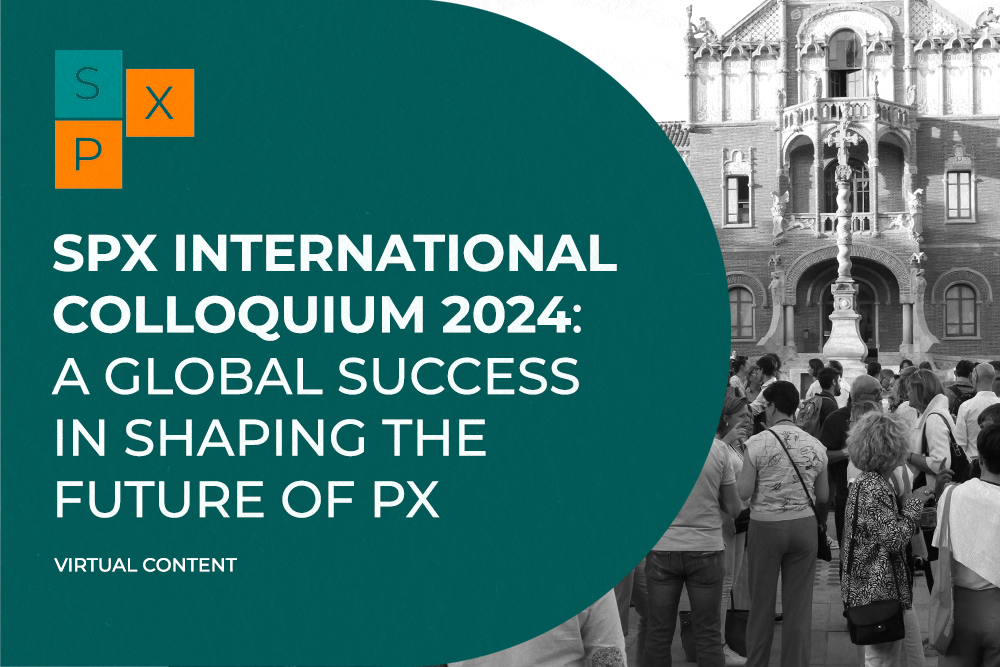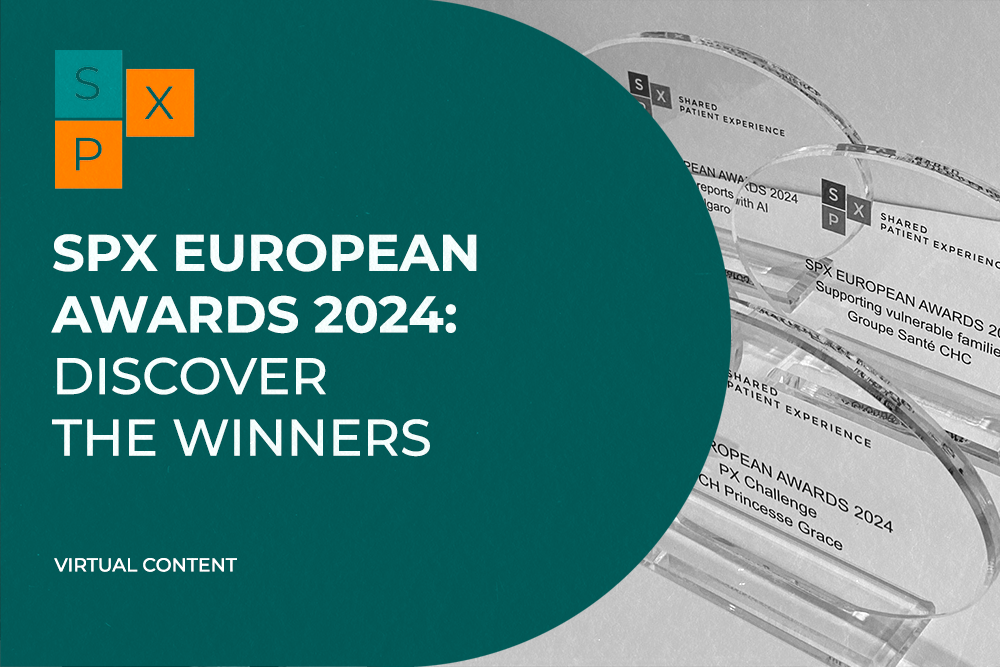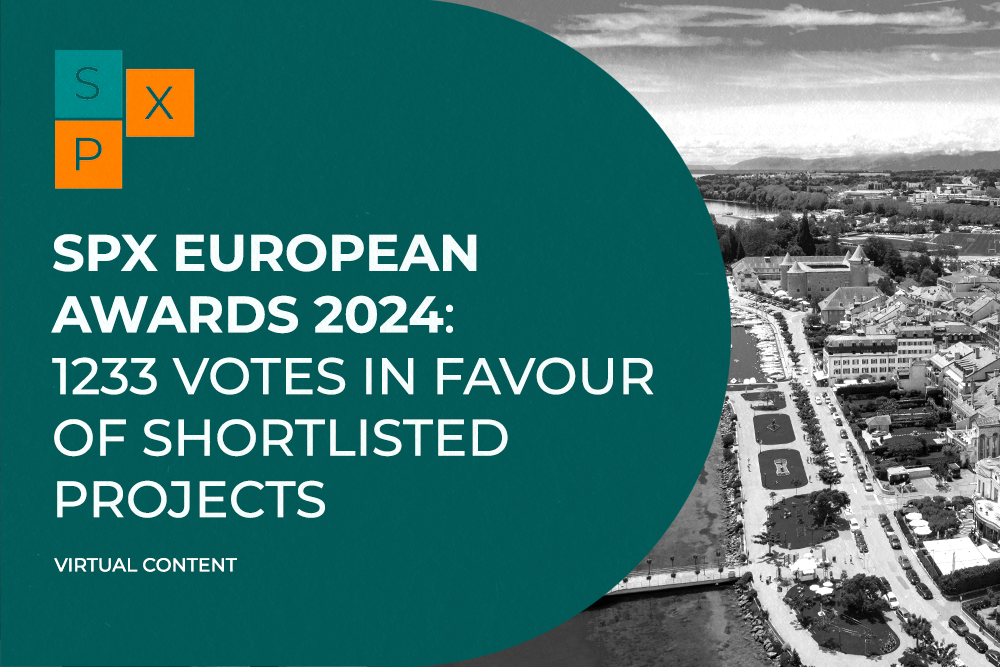
Guided Care: what’s the story? The example of accessibility at the Cleveland Clinic.
The Covid-19 pandemic has accelerated the adoption of digital tools and provided impetus for innovative approaches, particularly in terms of accessibility to healthcare establishments.
Against this backdrop, the Cleveland Clinic has launched a multidisciplinary, human-centred project to imagine and work on this accessibility. SPX would like to share their initial findings to help others trial this experience.
The conclusions are clear. While times and tools change, what matters for patients and staff is consistent and enduring: fast access to the type of care they want (and need) by the provider they have selected, at the time and place that they wish.
Context
At the Cleveland Clinic, 14% of patients’ direct complaints involve access. Furthermore, 33% of patients state that they are not entirely satisfied with waiting and delays in the process. Lastly, less than 3% of patients obtain an estimate of their care costs prior to arrival and approximately 1.4% of patients schedule their appointments online.
In parallel, it was found that administrative departments were very multi-tasking and adding an additional layer, such as a specific call centre, undermined the consistency of the processes and led to further fragmentation of the patient experience.
Design process and journey mapping – human-centred design
Human-Centred Design (HCD) is used in virtually all sectors to provide significant value to clients. HCD is a structured approach to problem-solving, identification and reimagining that starts with an in-depth understanding of the needs, behaviours and motivations of people or end-users who may use the service or product. The HCD process is therefore iterative and uses observations, ideation and rapid prototyping. Empathy is fundamental.
In practice, design workshops with patients and staff were organised at the Cleveland Clinic to imagine and iterate on accessibility concepts.
First, the current processes were mapped: 19 different entry points to make appointments and a complex scheduling process with inconsistencies between these experiences for staff and patients.
Then, “journey maps” were created to provide a visual representation of touch points for patients and staff. An assessment of the (positive or negative) emotional experience related to these touch points was carried out, then basic needs were prioritised.
Positive emotions are powerful and should not be underestimated because they can erase potential pitfalls. Most negative emotions arise from difficulties in finding an effective way through the processes.
From the standpoint of clinicians and staff, processes may be detrimental to the relationships that the staff wish to establish with patients (e.g., solving patients’ problems while managing phone calls, faxes, appointments and missing documents, etc.).
Gaining insight – staff-patient interaction
A visual was also created on the pain points in staff-patient interactions. This served to show that greater process complexity leads to stress and increases anxiety, resulting in an unsatisfactory care experience.
For patients, five core pain points emerged:
- Patients do not have sufficient access to information.
- Scheduling an appointment requires complex choreography and patience.
- Managing all aspects of the patient’s own care is overwhelming.
- Patients have difficulty determining the cost of care.
- Generic approaches make patients feel they are not seen as an individual person.
For staff, the five core pain points are:
- Staff lack tools, information and/or adequate systems needed to provide the expected level of service.
- Staffing levels do not always align with demand.
- Staff are held accountable for conflicting metrics.
- Record collection is problematic.
- There is a lack of interconnected teams.
Design for the future – guided care
Based on this research, a “design for the future” concept of an ideal experience was created, called Guided Care. The aim is to provide patients with the easiest and most efficient access to the departments involved (clinic, call centre, administration, finance). This model is focused on relationships, interactions between staff and patients.
The term Guided Care indicates that a guide is available, a kind of Sherpa – that really cares for the patient as a human being – leaving behind fragmented systems, diverse and varied processes and internal policies that make teamwork difficult.
The key design concepts underpinning this method are:
- easy financial processes (cost transparency)
- synchronised scheduling (coordination across all the care processes, with all those involved, taking options and obstacles for the patient into account)
- a responsive system (a positive care experience)
- staff planning allocation (taking call volume variability based on days and times into account).
An ongoing journey…
A multidisciplinary team is also responsible for monitoring and continuous improvement.
A one-stop digital portal has been developed around information technology services, marketing, finance, patients and families to listen to what would be the most important thing to present as a priority within this tool, as well as a financial administration process that enables friendly relationships for financial issues and even a virtual consultation.
Conclusion
“Some say that if patients can’t access your services, then they can’t have an experience with you. Yet the truth of the matter is if they can’t access your services, they have had a bad experience with you — not getting the care they wanted from your organization.”
Accessibility to care is fundamental. Reinventing the experience around accessibility is complex because systems are frequently unconnected, obsolete and compartmentalised. Everyone who became involved in these projects stressed the importance of change management, the need to show patience and introduce changes gradually over time. This can only be done in partnership with the stakeholders whose access problem you are resolving.




